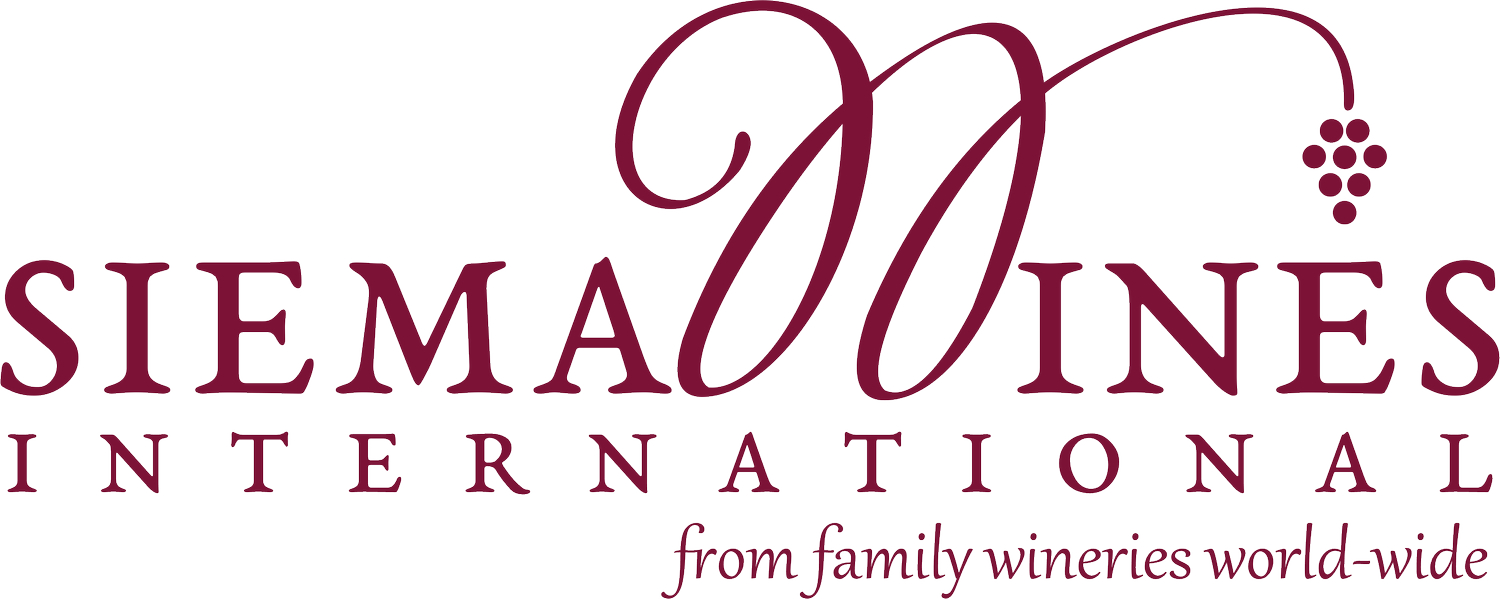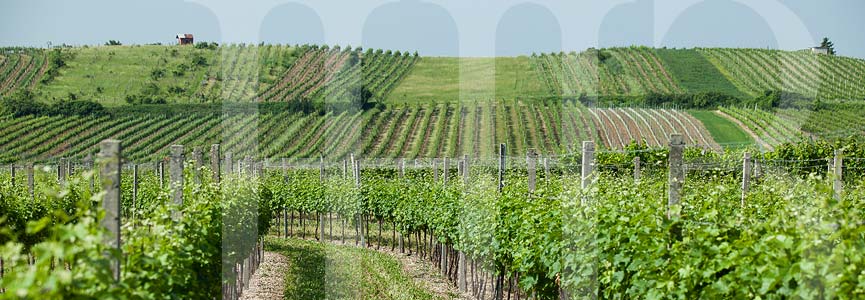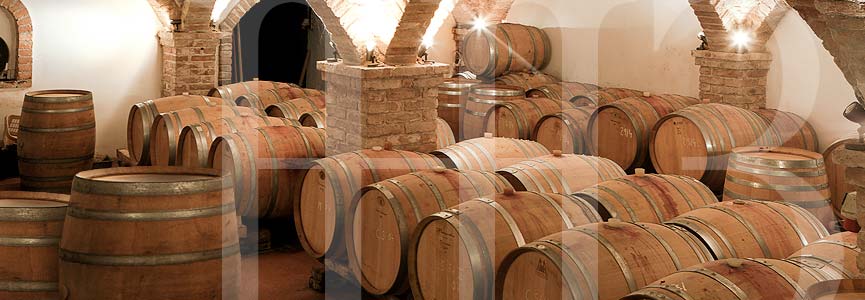Stift Klosterneuburg
Thermenregion, Austria
About Stift Klosterneuburg
Sustainably Farmed
The vineyard of 23 hectares in Klosterneuburg is fittingly called the “Stiftsweingärten”. The vines are all situated on south and southeast-facing slopes. The classical regional varieties Grüner Veltliner and Riesling are at home here on tertiary soils of weathered sandstone with loess and loam top soils. The wines develop intense, vibrant fruit and crisp acidity. The ripeness and aroma development of the grapes are greatly enhanced by the warm sunshine and the cool Viennese forest which regulate both temperature and humidity.
Stift Klosterneuburg vineyards are located in four different wine villages. It is one of the most fascinating cellars in Austria with an unbroken wine growing tradition that is 900 years old. Quality without compromise is the attribute of the Stift Klosterneuburg winery. Since its foundation in the year 1114 Stift Klosterneuburg has produced wine making it the oldest winery in Austria. With a total vineyard area of 108 hectares, it is one of the largest and most famous wineries in the country.
Centuries of experience, thoughtful vineyard cultivation in harmony with nature and openness for innovative ideas make it possible to create truly great wines year on year. Stift Klosterneuburg is dedicated to producing authentic wines of character, wines with a sense of place. Purposeful specialization in indigenous grape varieties, conscientious handling of the fruits and gentle vinification serve this goal. Stift Klosterneuburg is also a leader in sustainability and environmental protection and is the first carbon neutral winery in Austria.
The legendary vineyards are the pride and heart of the estate. Vineyards are found in the best sites of Klosterneuburg, Vienna, Gumpoldskirchen and Tattendorf. The variation in soils and microclimates of the four wine origins make it possible for the winery to cultivate each grape variety in its ideal terroir.
The vineyards of Stift Klosterneuburg are part of a vital ecological system and home to numerous species of flora and fauna. Sowing a diversity of plants between vine rows attracts an abundance of beneficial animals and insects. The soil, mother of all plants, is given great attention in the vineyards. Fertilization with the estate’s own compost gives back to the earth what has been produced in the form of grapes. Living soil with intact micro-organisms is important to Stift Klosterneuburg. Conscientious and harmonious work with nature is the motivation for manual rather than mechanical vineyard cultivation. Each vine is given individual attention by placing shoots and pruning leaves to ensure optimal sun exposure and the ripening of highly flavorful grapes with intense expression.
An extensive cellar from the Baroque period serves as the vinification facility at the Klosterneuburg Monastery. The vaulted cellar extends over four levels to a depth of 36 meters (118 feet). State-of-the-art technologies are put to work for the production of high-quality wines in this historic venue. Prolonged, temperature-controlled white wine vinification highlights typical varietal aromas and fresh, crisp fruit. Red wines are fermented warmer to enhance optimal extraction of color and tannin. Minimal intervention is practiced after fermentation to preserve varietal, vintage, and the single vineyard character of the wines. Maturation and storage take place in the four story vaulted cellar directly under the monastery.
Conscientious use of the natural resources has always been a central concern for Stift Klosterneuburg. The estate is further increasing its efforts and all steps of production in the entire winery have been analyzed to reduce its impact on the environment. Stift Klosterneuburg has been certified as the first carbon neutral winery in Austria by the environmental protection pioneer “ClimatePartner”. The energy comes from renewable sources and the heat created during fermentation and other processes is lead back into the circulation of energy. This has brought huge energy savings in comparison with the average European winery. Because a zero-emission is not possible, the estate compensates for the small remainder of emissions with a climate protection project.
Sustainable cultivation and production methods of the Stift Klosterneuburg winery result in significant reductions in carbon gas emissions. The estate is open to finding solutions through unconventional methods. For example, the estate is experimenting with keeping chickens between vine rows. They loosen the soil and contribute to the reduction of weeds.
Greenhouse gas emissions are reduced wherever possible. The deep double-walled cellar of Stift Klosterneuburg does not require any additional air-conditioning for wine storage. The warmth created during fermentation and other processes is re-used by leading it back into the energy circulation system. The estate’s own biomass power plant produces the entire heating needs and delivers surplus energy into the network. Relying on local energy providers whenever possible helps reduce transportation needs. Stift Klosterneuburg is in the process of converting all of its tractors to biofuel. Winery manager Wolfgang Hamm keeps a close eye on the life cycle analysis of all of our production methods and states the following: “The protection of our existence begins with the small things. Sustainable production also means not wasting and throwing things away needlessly. We invest in long-term quality for our production, in things that will last. Environmental protection is a permanent process in our winery.”
Wine Tech Sheets
“Wine Enthusiast Review
St. Laurent Ausstich Stiftsbreite Tattendorf
2015 Stift Klosterneuburg St. Laurent
Shy aromas of spice and cherry mark the nose. The palate follows through with abundant, ripe, crunchy and juicy cherry fruit. There is freshness against a slight tannic grip. A wonderfully rustic rendition of St Laurent.Anne Krebiehl MW
Wine Enthusiast
www.boutiquewines.info”


